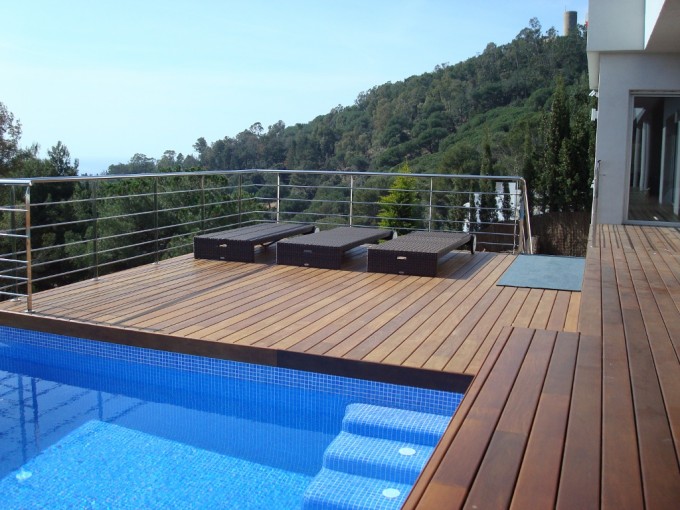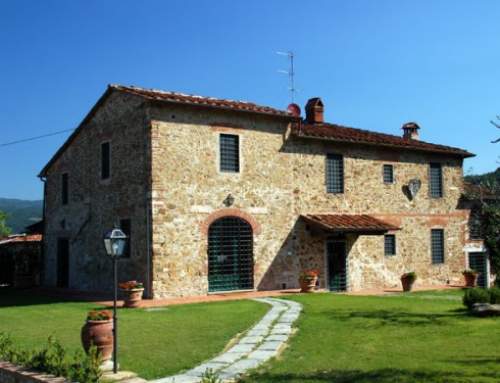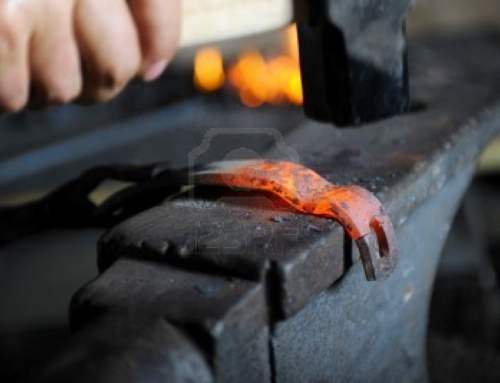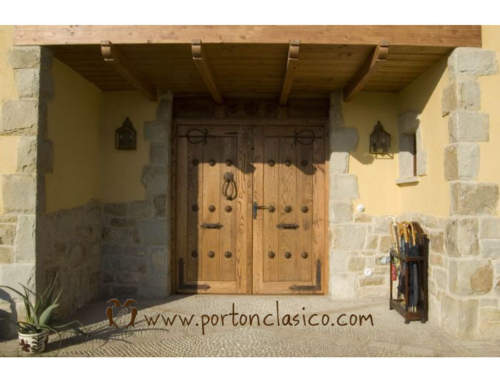Dressing the contour of a swimming pool with wood is a practical and very decorative solution that fuses with the landscape. The offer is getting wider and wider every day.
Wood is one of the materials best suited to any application in a cottage for its many advantages. In the exterior it harmonizes with the natural environment, offers a pleasant contact and procures the necessary resistance, reason why it has been imposed to other materials to pave the space that surrounds the swimming pools.
Before buying a platform it is advisable to find out the origin of the wood and ask for the corresponding certificates to avoid the acquisition of wood of protected species or resulting from illegal felling and imports.
The most common and affordable woods to be placed around the pool are conifers, such as pine and fir. They are installed after a treatment called autoclave to ensure protection against the various atmospheric agents and the attack of fungi and xylophagous insects.
In recent times, tropical woods such as teak, jatoba, irocco and especially ipé or lapacho have gained ground over other woods due to their hardness and low maintenance requirements. In my opinion, tropical woods are pure marketing, it is true that they are quality woods, but their price is overvalued due to the demand, exchange rate and intermediaries.
It is not necessary to go so far, in the national market you can get the robinia or false acacia, a legume from America, cultivated in Spain since the seventeenth century, is considered 60% harder than teak and, like tropical woods, does not need preventive treatments with chemical agents, since, naturally, is resistant to attack by fungi, xylophagous insects and termites.
Descriptions of pallets:
Teak: Imported from Africa, Central America and Southeast Asia, wood of straight fibers, exhibits gray, yellow and brown tones. Little maintenance.
Pine: Comes from northern Asia and Europe, especially Sweden, pale yellow wood, straight fiber and medium to fine grain, requires drying and autoclave treatment, little durability, periodic maintenance.
Ipe: Also called Lapacho, they come from Central and South America. The deposits of lapachol force to use tapaporos before varnishing. Little movement of expansion and contraction, resistant to fungi and insects.
Iroco: Wood imported from Africa, intertwined fiber, color between yellowish brown and dark brown, its limestone deposits can cause allergy in some people, its handling requires mask type FFP2. Weather resistant.
Robinia or false acacia: Native to North America, with time its natural light tone gradually darkens. Very hard wood, regenerates easily, resists weather and attack fungi and xylophagous insects. Existing in the national market.
flooringInstallation:
It is advisable to install the pool platform on a floor with a small slope, to allow water to drain, place a plastic sheet with about 5 or 10 cm layer of gravel or sand to isolate the wood from direct contact with the soil moisture.
The beams, crosspieces, posts or laths are then laid, and finally the platform. It is advisable to use screws instead of nails or hidden stainless steel fixing systems. Slats can be joined together with neoprene joints, although more and more tongue and groove slats are being used.
Maintenance
In order to maintain the good appearance of the wood outdoors, it is recommended to use open-pore wood oils (never varnishes) as often as required by the conditions of use and climate. These oils include insecticides and fungicides and are extremely water-repellent to repel water, accept these tips for wood care.
It is also advisable to repair areas that have a major blow to the risk of splintering.




